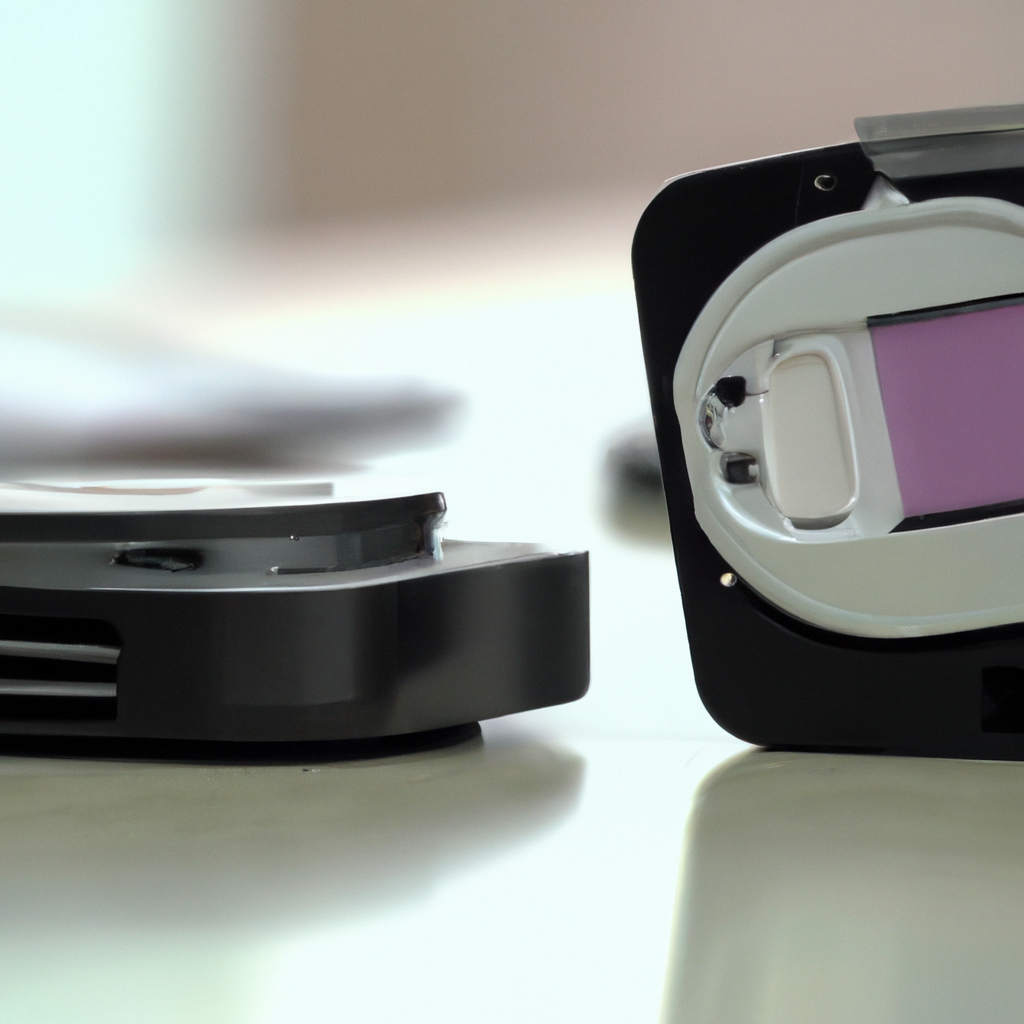The heart is the most important organ in our body, as it pumps blood to various parts of the body. To keep it healthy and functioning properly, a pacemaker may be needed to regulate the heart rhythm. A pacemaker is a cardiac device that is implanted in the chest to deliver electrical pulses to the heart when the natural heart rhythm is disrupted. In this article, we will discuss what a pacemaker is and how it works to improve cardiac health.
Introduction
The heart is a vital organ that beats approximately 100,000 times a day to pump blood to the rest of the body. When the heart’s rhythm is disrupted, it can cause various heart conditions, such as arrhythmia, heart failure, and other heart diseases. A pacemaker is a device that helps regulate the heart rhythm by delivering electrical pulses to the heart when needed.
What is a pacemaker?
A pacemaker is an implantable device that is placed under the skin in the chest area, just below the collarbone. It is connected to the heart by one or more wires (leads) that are inserted through a vein and into the heart. The pacemaker continuously monitors the heart’s rhythm and sends electrical pulses to the heart when it detects an abnormal rhythm.
How does a pacemaker work?
A pacemaker works by sending electrical pulses to the heart to regulate the heart rhythm. It has two main components: the pulse generator and the leads.
1. Pulse generator: The pulse generator is a small metal box that contains a battery and an electronic circuit. It generates electrical signals that are sent through the leads to the heart. The battery can last up to 10 years, depending on the type of pacemaker and its usage.
2. Leads: The leads are wires that are inserted through a vein and into the heart. They detect the heart’s electrical activity and send signals to the pulse generator. The pulse generator then sends electrical pulses to the heart to regulate the heart rhythm.
The pacemaker can be programmed to deliver electrical pulses at different rates, depending on the patient’s heart condition. For example, if the patient has a slow heart rate (bradycardia), the pacemaker will deliver electrical pulses to increase the heart rate. If the patient has an irregular heart rate (arrhythmia), the pacemaker will deliver electrical pulses to regulate the heart rhythm.
Types of pacemakers
There are various types of pacemakers, depending on the patient’s heart condition and needs. Some of the common types of pacemakers include:
1. Single-chamber pacemaker: This pacemaker has one lead that is inserted into the right atrium or the right ventricle of the heart.
2. Dual-chamber pacemaker: This pacemaker has two leads that are inserted into the right atrium and the right ventricle of the heart.
3. Biventricular pacemaker: This pacemaker has three leads that are inserted into the right atrium, the right ventricle, and the left ventricle of the heart. It is used for patients with heart failure.
Benefits of a pacemaker
A pacemaker can help improve the quality of life for patients with heart conditions. Some of the benefits of a pacemaker include:
1. Regulates the heart rhythm: A pacemaker can help regulate the heart rhythm and prevent heart conditions such as arrhythmia, heart failure, and other heart diseases.
2. Improves symptoms: A pacemaker can help improve symptoms such as fatigue, shortness of breath, and dizziness that are caused by heart conditions.
3. Increases longevity: A pacemaker can help increase the patient’s longevity by preventing sudden cardiac death.
Conclusion
A pacemaker is an implantable device that helps regulate the heart rhythm by delivering electrical pulses to the heart when needed. It is a safe and effective treatment option for patients with heart conditions such as arrhythmia, heart failure, and other heart diseases. If you have any concerns about your heart health, talk to your doctor about whether a pacemaker may be right for you.







